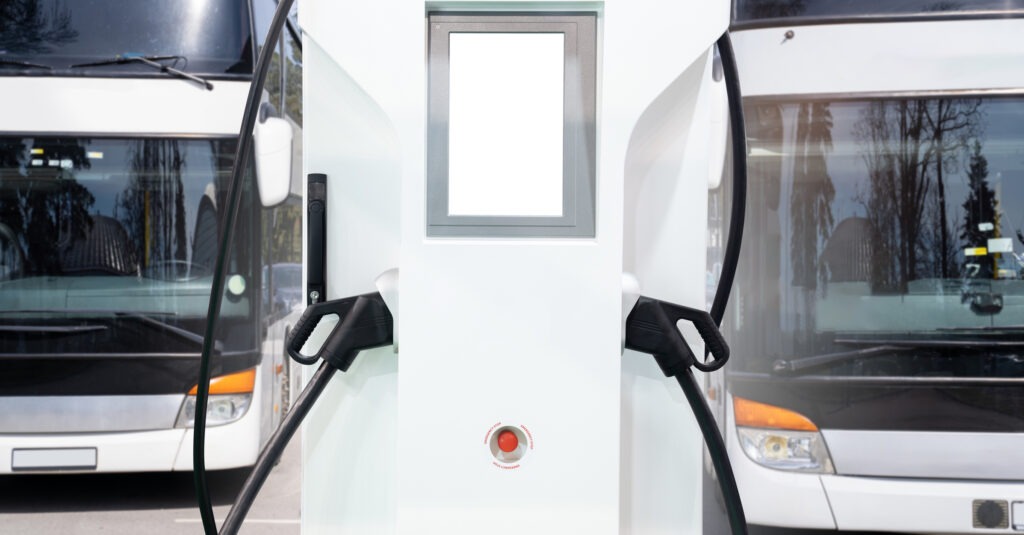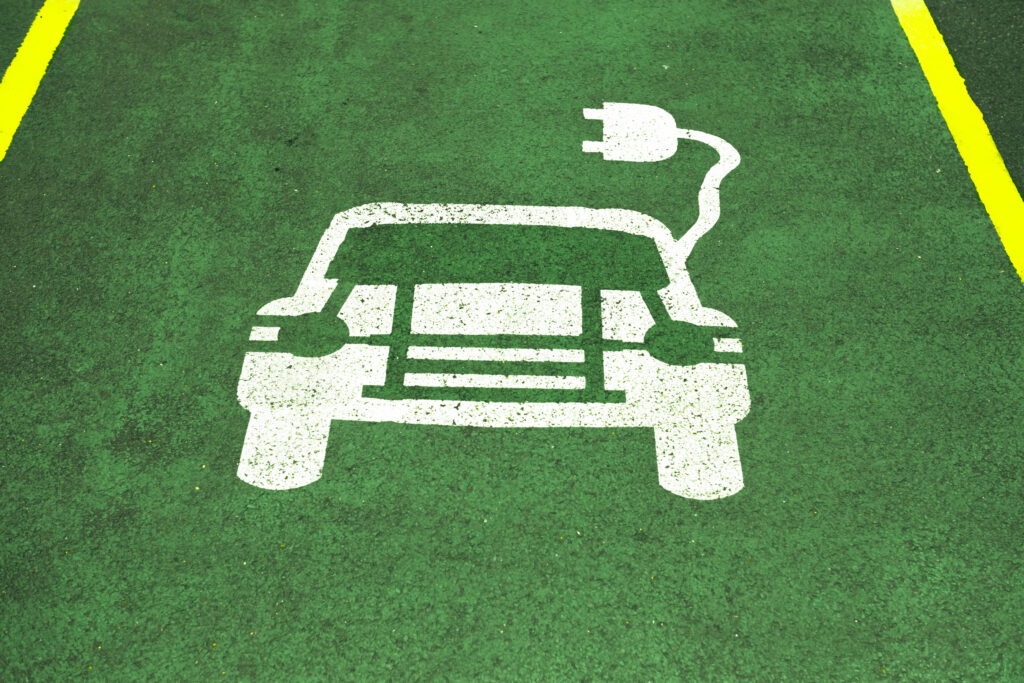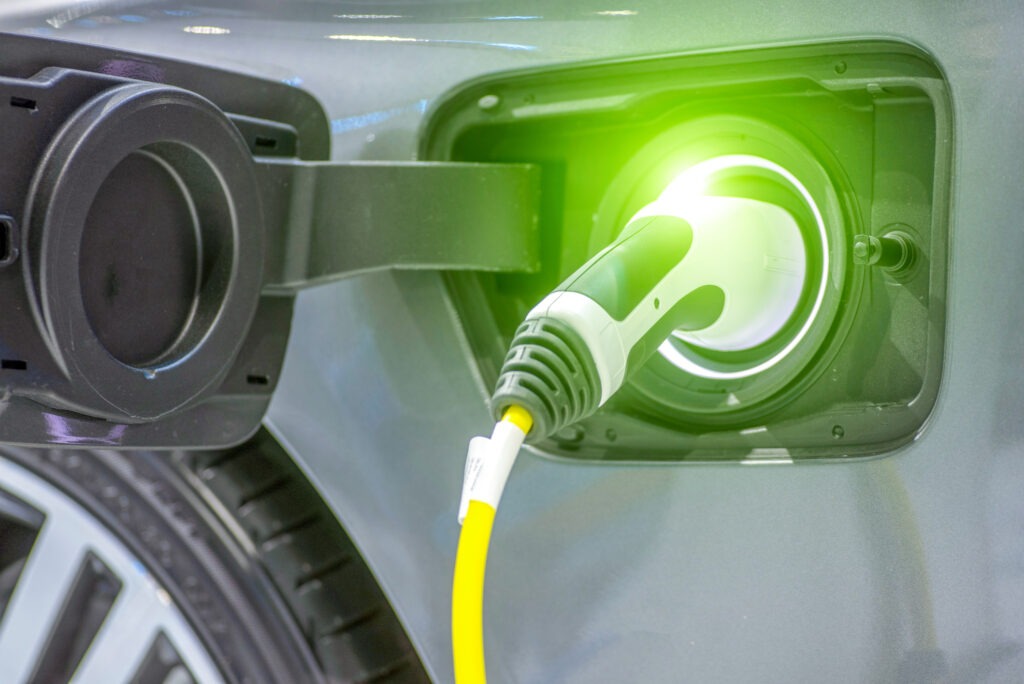How to recharge Europe’s battery-electric vehicle market
06 June 2024

What condition is Europe’s battery-electric vehicle (BEV) market in, can adoption be accelerated and could Chinese brands recharge uptake? Autovista Group experts consider these questions in a new webinar with Autovista24 editor Tom Geggus.
Concerns and questions are currently swirling around Europe’s BEV market. Is this what the adoption of a new technology should look like? What part must infrastructure play in supporting consumer confidence? Do new brands from Asia present an opportunity or a threat?
Autovista Group experts set out to answer these questions in a new webinar: How to recharge Europe’s battery-electric vehicle market. Panellists included Dr Christof Engelskirchen, chief economist at Autovista Group, Christoph Ruhland, director of business development at Autovista Group and Christian Schneider, director of content at EV Volumes.
Taking stock of the markets
Schneider explained that different European new-car markets are witnessing BEV adoption at varying rates. For example, Norway has long led the charge on BEVs, with all-electric vehicles making up the vast majority of registrations in the first quarter of this year.
Meanwhile, other major markets such as Spain and Italy are still struggling to drive registrations. In the first three months of 2024, these countries remained in the early-adopter phase, with BEVs making up a relatively small percentage of deliveries.
Transitioning BEVs towards the mass market will require continued effort from major industry players, Schneider explained. This includes the likes of governments, OEMs and utility companies. In countries where governmental support for BEVs has been withdrawn, the powertrain’s market share has been noticeably affected.
Meanwhile, the situation on the used market is even more severe. There are little to no incentives for used-car buyers to switch from internal-combustion engine models to BEVs. Sales of new models have been driven by attractive conditions for fleets and company car buyers. However, there is less on offer to attract private used-car buyers, which presents an issue for the models being de-fleeted.
Autovista Group’s Residual Value Intelligence tool confirms the continual pressure being experienced by all powertrains. However, this pressure is being felt far more acutely by BEVs and PHEVs as supply increases but demand fails to keep pace.
How to accelerate market adoption
Engelskirchen pointed out that battery health certificates could help drive used-BEV adoption. By certifying the condition of a used battery, consumer confidence can be bolstered while sellers see greater remarketing results. This will also ensure better BEV treatment as current owners modify their driving style and charging behaviours to ensure better test results.
Another way of supporting BEV uptake across the new and used-car markets is ensuring the development of public charging infrastructure. While the number of charging points has been growing in recent years, this figure has slowed more recently, Schneider commented.
The spread of charging infrastructure has not been even either, with different countries seeing varying levels of development. The number of BEVs per charging station recorded in 2023 was high in Sweden, Denmark and Norway, but far lower in Spain, Italy and the Netherlands.
Will China recharge Europe’s BEV market?
Brands from China could help recharge Europe’s BEV market. These companies have made substantial investments in the research and development of electric-vehicle technology. This includes battery systems, charging capabilities and autonomous driving features, Ruhland outlined.
Alongside this, these carmakers can offer BEVs at a comparatively competitive price point. This could generate more momentum behind the mass-market uptake of all-electric cars, as well as stimulating greater competitiveness.
Chinese brands have employed a range of strategies to enter the European market. This includes acquiring known brands and utilising their reputation and customer loyalty. Building production sites in Europe is another method, which allows these carmakers to tailor their products to local tastes. Setting up European sales operations is the most common approach, however. With a European sales headquarters, brands can be built up locally with specific marketing campaigns.
One of the major hurdles for new entrants is standing out in an already saturated market, alongside other incoming brands. To overcome this, carmakers can take a number of different approaches. This can include emphasising BEV innovation, value for money, quality, customer experience and differentiated design.
To find out more about Europe’s BEV market and Autovista Group’s products and services head over to the webinar landing page.



